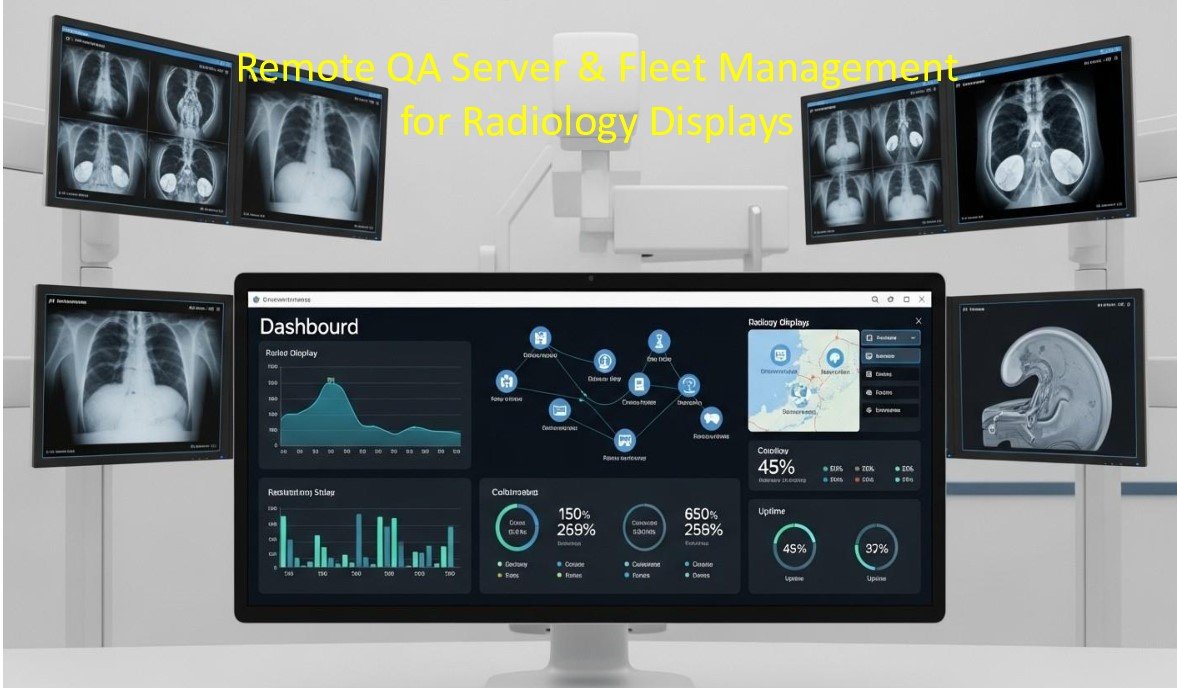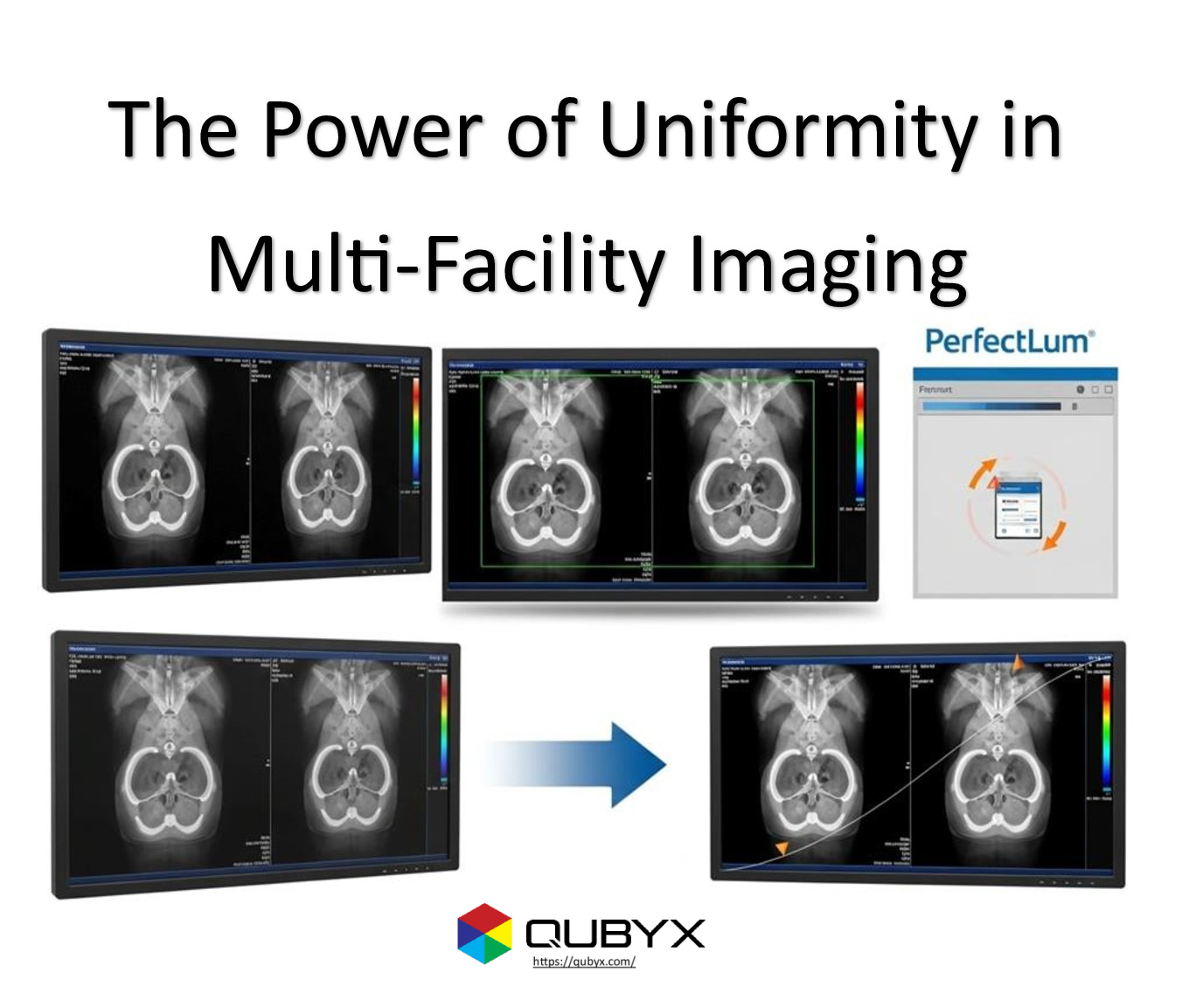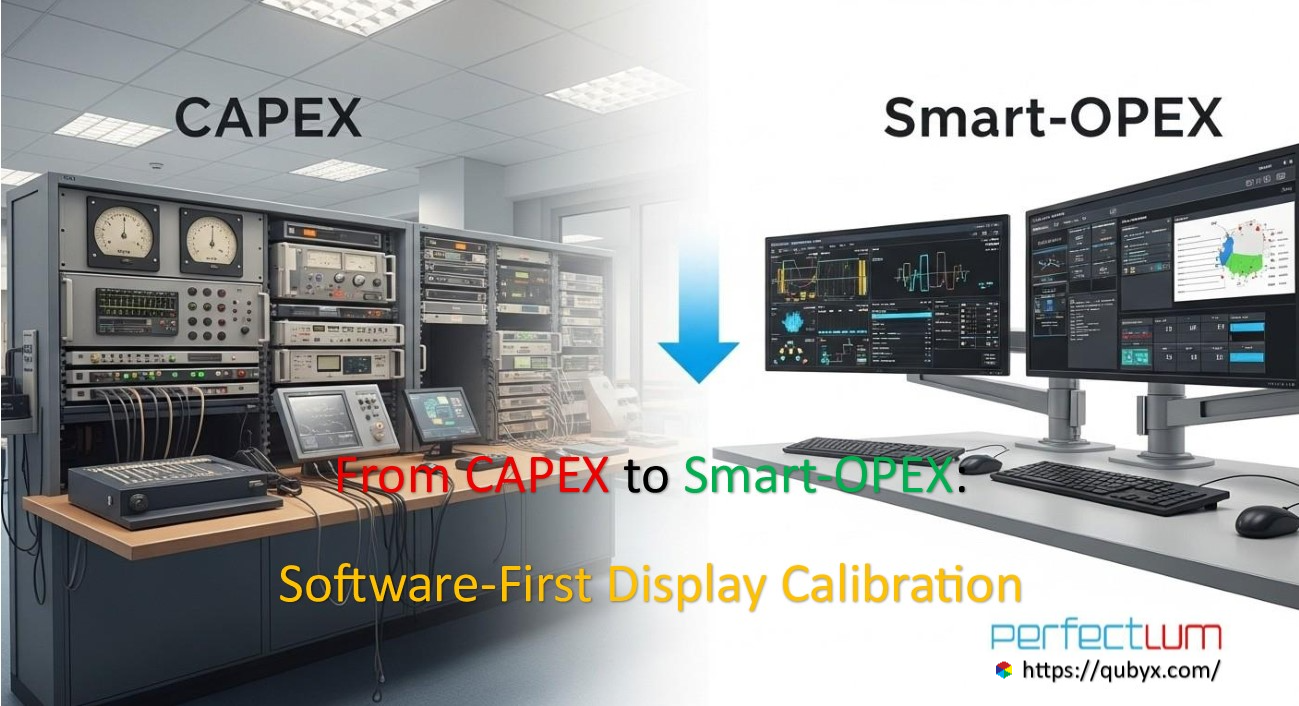News
- Home
- Utilization of DICOM Calibration Software
Utilization of DICOM Calibration Software
- September 10, 2020
- Ramandeep Kaur
The calibration of medical displays is important for images to be displayed consistently. A consistent appearance ensures that all images are always perceived in the same way regardless of the display device, location, and time. Since a true consistent appearance requires displays with equal luminance ranges, which is neither practically achievable nor desirable, the aim of calibration is rather to obtain a consistent distribution of perceived contrast throughout the gray-scale. An inconsistent contrast distribution may lead to an increased workload when reviewing a tough diagnosis. It is also important that a display calibration software utilizes the luminance range of a display as efficiently as possible by avoiding gray-scale regions with low contrast.
The widely used DICOM calibration software meets the requirements for a larger range of display settings. As medical institutions conquer the challenges of implementing an enterprise-wide soft copy viewing, attention has increasingly turned to quality assurance to display performance and finding ways to easily attain visual consistency across numerous workstations with multiple panels monitors. While many people are aware of the DICOM calibration software, few know exactly what it means to be using such software and to employ automatic calibration methods to assure conformance with the standardized display function specified in the DICOM software. Calibration of the display system is important to ensure that each image is shown consistently every time it is viewed.
We offer dedicated medical imaging as in –
Resolution
Standard computer displays offer limited resolution with a form-fit factor that is not optimized for diagnostic imaging. Medical grade displays, on the other hand, offer resolutions in portrait or landscape mode. A higher resolution allows the radiologist to see much more detail without zooming the image. As a result image quality gets higher.
Luminance range
DICOM calibration software offers a luminance range which is much higher than consumer-grade displays. The higher luminance offered by DICOM calibration software results in higher image quality and increases productivity during diagnostic reading.
Contrast
Luminance is not only an important parameter for diagnostic reading. For many applications, contrast is even more important than luminance.
Different angles
Medical grade displays use technology with different viewing angles. As medical workstations combine multiple heads, viewing happens from different angles.
Grayscale range
The number of shades available for gray on most consumer displays is limited. That is why DICOM calibration software offers a large number of color contrasts. Such an extensive range is there to make their full use in the medical industry.
Image consistency
In medical imaging, images must be displayed consistently over time and across displays.
QUBYX offers innovative, most accurate, and money saving solutions to help your business grow and prosper. We design each software according to your wants and requirements. We are a team of dedicated individuals who give you the best product according to your business need. Feel free to contact us anytime, and we will be happy to assist you.
Related Posts
- October 27, 2025
- News
Remote QA & Fleet Management for Home and Hospital Displays
- October 26, 2025
- News
The Power of Uniformity | How PerfectLum Solved a Multi-Facility
- October 25, 2025
- News
From CAPEX to Smart-OPEX: Shifting Hospital Calibration Spending with Software




